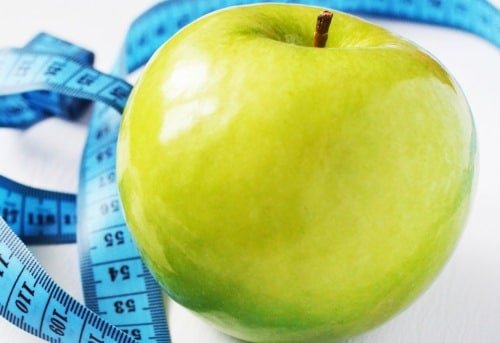How To Build Your Own Nutrition Plan (Part 1)
Nutrition Baby Steps: Fill in the Holes
Sometimes it seems like there’s so much nutrition advice and so many rules that it can be really difficult to figure out how to build a reasonable plan. When you’re not sure where to start, but you know you need to improve your eating, there are a few simple actions you can take that will get you started in the right direction. The best part? All of these things are *adding* stuff to your diet, so there’s no way you’re going to feel deprived, hungry, or any of that. The focus is on getting what your body needs first, so that when you start changing your other habits you have everything you need.
1. Add more water
You’ve heard it a million times, but it really is true—you should be drinking more water. This applies to most people whether or not they’re exercising, but especially if you’re starting a fitness routine, it is vitally important that you stay hydrated. Everything that does the “work” in our bodies does it in—you guessed it—water. Water surrounds and participates in all of the chemistry of our bodies, and if you’re not drinking enough, that chemistry simply doesn’t work as well.
2. Get vitamins and minerals
Vitamin deficiencies are really common among people who have a that includes processed foods. These deficiencies are rarely at levels to cause noticeable symptoms, so it’s hard to tell what you might be missing. There are two easy ways to start correcting this. One, eat more fresh fruit and vegetables, especially the dark green ones. Two, add a vitamin supplement. Unless you’ve been told you have one particular deficiency by a doctor, it’s best to try a multi-vitamin rather than guessing. has one we recommend, that has all the essentials for healthy women’s bodies.
3. Pump up the protein
If you’re someone who feels hungry all the time, this is the one that is going to have the biggest impact. Increasing the amount of protein you eat, whether it’s plant or animal protein, will help you feel full longer. Working out hard? You are going to need this. Increasing your protein intake will help support strong muscles, which in turn burn way more calories than fat tissue.
4. Eat fats—the right ones
Thanks to some bad science and great marketing, many of us have been taught that fat is the enemy. Tons of foods are labeled “no-fat” or “low-fat” to convince you to buy them. But eating fat won’t make you fat… that’s just not how the chemistry works. What’s important to pay attention to is the type of fat you’re getting. Polyunsaturated fats, also known as omega-3 fatty acids, which are present in high amounts in plants and fish, are important for maintaining healthy cells. High-quality fish oil supplements are another option to increase your intake of these lipids.
When it comes to starting out on the path to straightening out your diet, it doesn’t have to be rocket science or involve major deprivation. Start by adding the things most of us are missing and you’ll be well on your way!








